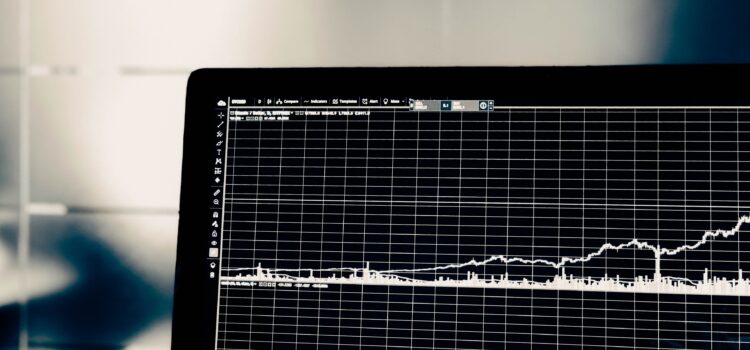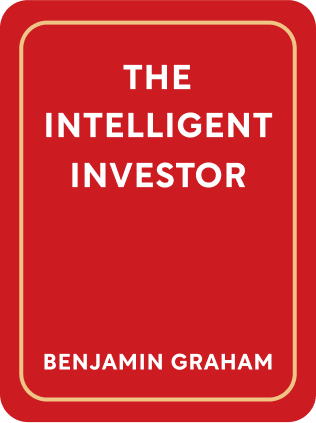

This article is an excerpt from the Shortform book guide to "The Intelligent Investor" by Benjamin Graham. Shortform has the world's best summaries and analyses of books you should be reading.
Like this article? Sign up for a free trial here .
Do you want to know how to evaluate the stock market? What stock market metrics are most useful?
When learning about stock market metrics, there are two big metrics to consider: P/E ratio and dividend yield. Understanding these metrics will help you make better investment decisions.
Keep reading to find out how to evaluate stock market metrics.
Stock Market Metrics
Of course, when investing today, you don’t have a stock chart for the future. You’ll need to assess the market to decide whether it’s cheap or expensive. Graham uses two major indicators of stocks in this discussion:
1) Price to Earnings ratio (P/E ratio)
This is the ratio of the stock price to the company’s earnings. If a company has earnings per share of $1, and its stock is selling at $10 per share, the P/E ratio is 10.
In general, a P/E ratio of 10 or below is low, and the stock is considered cheap. A P/E ratio of 20 or above is high (or the stock is expensive). (Shortform note: However, as discussed later, the P/E ratio is not by itself a good indicator of whether to buy a stock, since a failing company with poor future prospects will also have a low P/E ratio.)
2) Dividend yield, relative to bond yield
A stock’s dividend yield is the amount paid in annual dividends per share of stock, divided by its stock price. If a company pays $1 in dividends per share, and the stock price is $20, the dividend yield is 5%.
The bond yield is the return on a bond. Simplistically, if a bond costs $1,000 and pays $100 per year, the yield is 10%.
Comparing the stock’s dividend yield to the bond yield suggests whether stocks are likely to outperform bonds in the short-term, or vice versa. If the bond yield is notably higher than the stock’s dividend yield, it might indicate that stocks are overpriced.
Both of these indicators can be calculated for individual stocks, as well as for a collection of stocks or the stock market as a whole.
Understanding stock market metrics can help make you a smarter investor.

———End of Preview———
Like what you just read? Read the rest of the world's best book summary and analysis of Benjamin Graham's "The Intelligent Investor" at Shortform .
Here's what you'll find in our full The Intelligent Investor summary :
- Key advice from what Warren Buffett considers the "best book about investing"
- The 2 major indicators you should use for evaluating stocks
- How you can use aggressive or defensive investing strategies






